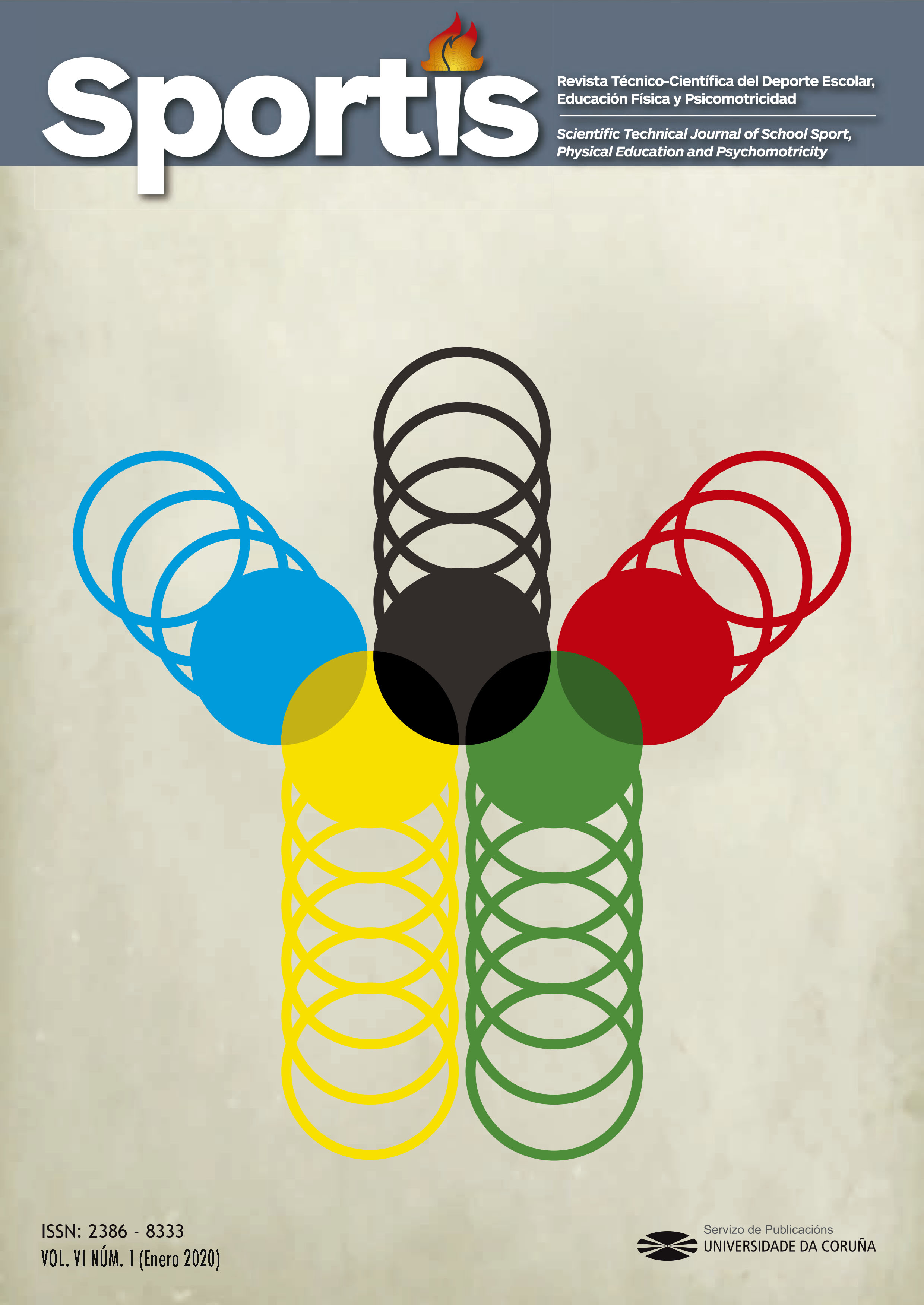Physical activity and fitness levels of Physical Education and Sports teacher Department students during the graduation
Main Article Content
Abstract
This study aimed to compare physical activity and fitness of physical education and sports teacher department students and investigate the relationship between physical parameters and academic success. Twenty-five (12 male and 12 female) students volunteered to participate in this study. Sportive background and higher education examination points, shuttle run test scores, and academic success pieces of information of students were taken from the personal folder with the permission of faculty administration. Body composition measured via bioelectric impedance method, shuttle run test performed. Self-admitted international physical activity questionary (long form) was performed. Sportive background and higher education examination points, physical activity levels, and academic success have founded similar within both sexes. However, aerobic capacity results decreased when compared to the entrance of the college with graduation in both male and female students. Also, there was a correlation between VO2max change percentage and academic success. Requirements of physical education and sports department cannot maintain until graduation. These results indicate that there is not an impact of physical tests to graduation quantities of the physical education teacher. However, the relationship between VO2max change percentage and academic success is important indicator that active playing sports and physical activity may be beneficial. To grow up better and more quantitative physical education teachers, future studies require to investigate current physical test which performed the entrance of physical education and sports teacher education and querying that do physical tests a good method to attain requested goals.
Keywords:
Downloads
Article Details
References
American College Health Association. Healthy Campus 2010: Make it Happen. Baltimore, MD: American College Health Association; 2002.
Baghurst, T., & Bryant, L. (2012). Do as I say not as I do: Improving the image of our profession. Strategies, 25(4), 11-13. https://doi.org/10.1080/08924562.2012.10592156
Deliens, T., Deforche, B., De Bourdeaudhuij, I., & Clarys, P. (2015). Determinants of physical activity and sedentary behaviour in university students: a qualitative study using focus group discussions. BMC public health, 15(1), 201. https://doi.org/10.1186/s12889-015-1553-4
Donald F. Staffo & William F. Stier Jr. (2000) The Use of Fitness Tests in PETE Programs, Journal of Physical Education, Recreation & Dance, 71:5, 48-52. DOI: https://doi.org/10.1080/07303084.2000.10605146
Douglas KA, Collins JL,Warren CW, et al. Results from the 1995 National College Health Risk Behavior Survey. J Am Coll Health. 1997;46:55-66. DOI: https://doi.org/10.1080/07448489709595589
Gibson AL, Holmes JC, Desautels RL, Edmonds LB, and et al. (2008). Ability Of New Octapolar Bioimpedance Spectroscopy Analyzers To Predict 4-Component–Model Percentage Body Fat In Hispanic, Black, And White Adults. Am J Clin Nutr, 87: 332-338. DOI: https://doi.org/10.1093/ajcn/87.2.332
Hortigüela-Alcalá, D.; Salicetti-Fonseca, A.; Hernando Garijo, A.; Pérez Pueyo, A. (2018). Relationship between the level of physical activity and the motivation of physical education teachers. Sportis Sci J, 4 (2), 331-348. DOI: https://doi.org/10.17979/sportis.2018.4.2.3291
Huang, T. T. K., Harris, K. J., Lee, R. E., Nazir, N., Born, W., & Kaur, H. (2003). Assessing overweight, obesity, diet, and physical activity in college students. Journal of American College Health, 52(2), 83-86. DOI: https://doi.org/10.1080/07448480309595728
Lepp, A., Barkley, J. E., & Karpinski, A. C. (2014). The relationship between cell phone use, academic performance, anxiety, and satisfaction with life in college students. Computers in Human Behavior, 31, 343-350. DOI: https://doi.org/10.1016/j.chb.2013.10.049
Lepp, A., Barkley, J. E., Sanders, G. J., Rebold, M., & Gates, P. (2013). The relationship between cell phone use, physical and sedentary activity, and cardiorespiratory fitness in a sample of US college students. International Journal of Behavioral Nutrition and Physical Activity, 10, 79. DOI: https://doi.org/10.1186/1479-5868-10-79
Melville, D.S., & Cardinal, B. (1997). Are overweight physical educators at a Disadvantage in the labor market? A random survey of hiring personnel. The Physical Educator, 54, 216-221.
Petersen, S., Byrne, H., & Cruz, L. (2003). The Reality of Fitness for Pre-Service Teachers: What Physical Education Majors" Know and Can Do". The Physical Educator.
R. Arabacı & C. Çankaya Beden Eğitimi Öğretmenlerinin Fiziksel Aktivite Düzeylerinin Araştırılması Eğitim Fakültesi Dergisi XX (1), 2007, 1-15.
Ramsbottom R, Brewer J and Williams C (1988) A progressive shuttle run test to estimate maximal oxygen uptake. British Journal of Sports Medicine 22:141-144. DOI: https://doi.org/10.1136/bjsm.22.4.141
Saglam M, Arikan H, Savci S, Inal-Ince D, Bosnak-Guclu M, Karabulut E, et al. (2010). International physical activity questionnaire: reliability and validity of the Turkish version. Perceptual and motor skills.111(1):278-84. DOI: https://doi.org/10.2466/06.08.PMS.111.4.278-284
Stier, W. F., Jr. (1999). Expectations of a fitnesslwellness professional in the 21st century. Paper presented at the Eighth Annual Health, Promotion & Aerobic Convention, Taipei, Taiwan.
Tekkanat, Ç. (2008). Öğretmenlik bölümünde okuyan öğrencilerde yaşam kalitesi ve fiziksel aktivite düzeyleri (Master's thesis, Pamukkale Üniversitesi Sağlık Bilimleri Enstitüsü).
US Dept of Health and Human Services. Healthy People 2010: Understanding and Improving Health. 2nd ed. Washington, DC: US Government Printing Office; 2000.
Wanner, M., Probst-Hensch, N., Kriemler, S., Meier, F., Autenrieth, C., & Martin, B. W. (2016). Validation of the long international physical activity questionnaire: influence of age and language region. Preventive medicine reports, 3, 250-256. DOI: https://doi.org/10.1016/j.pmedr.2016.03.003







